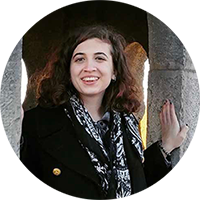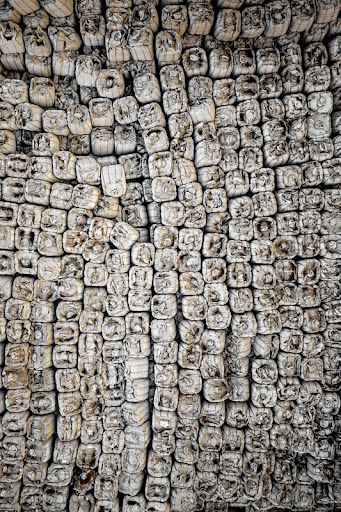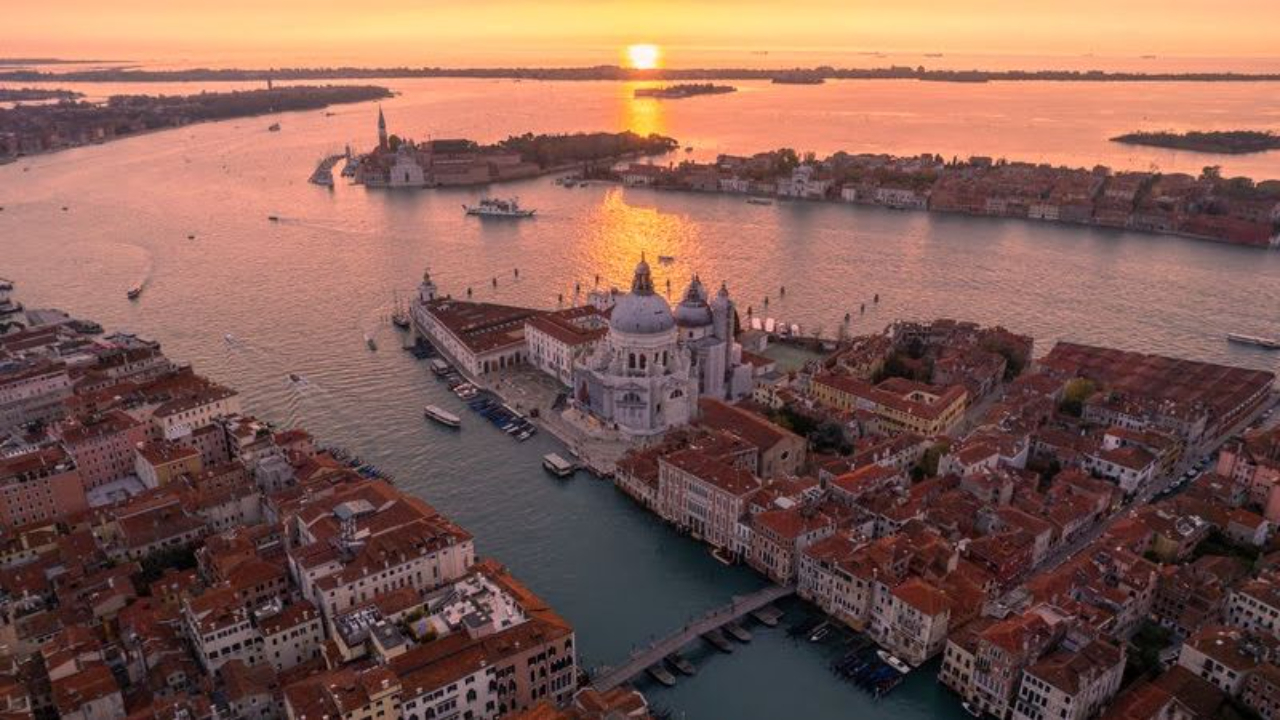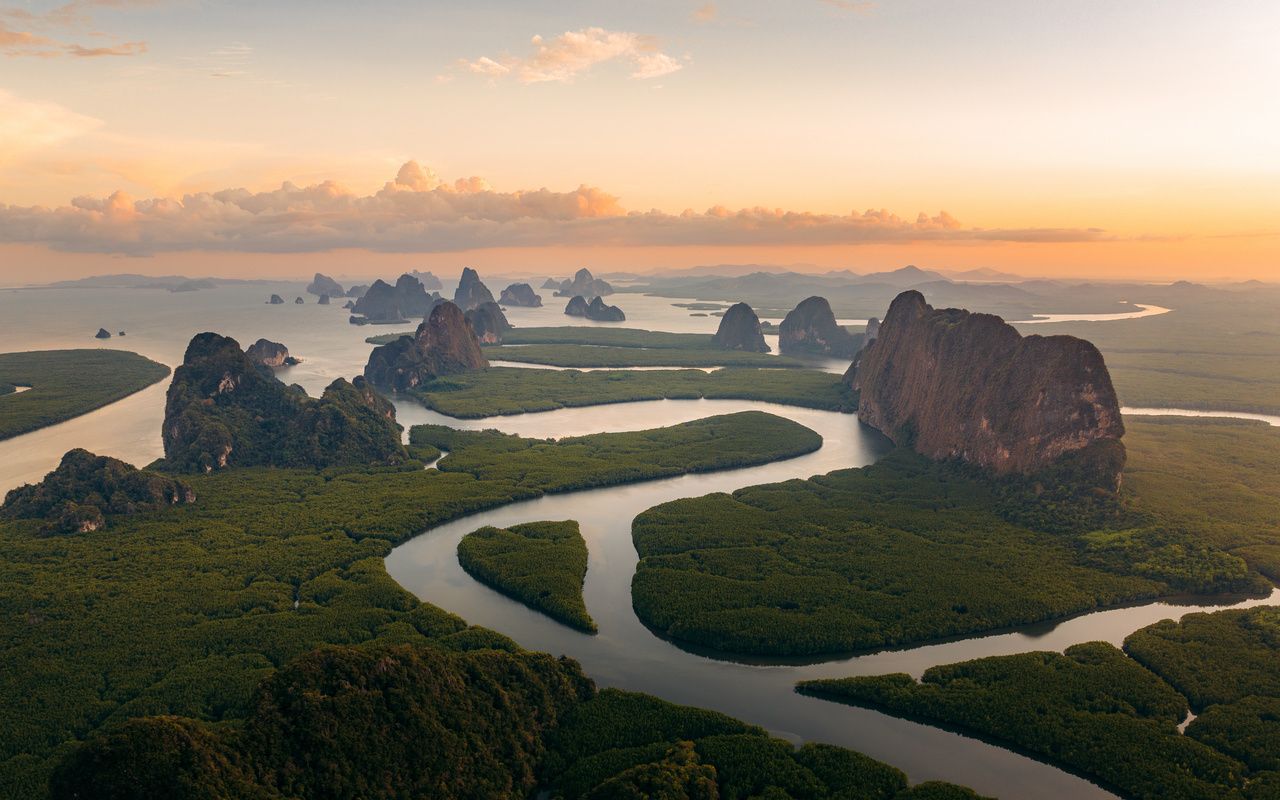From the Landfill to the International Photography Awards: An Interview with Sebastian Piorek
Polish photographer and Amazing Aerial member Sebastian Piorek is the 2025 winner of the Editorial/Press category at the International Photography Awards. We caught up with him to ask about his project, photography career, and the beginning of his journey at Amazing Aerial.
Sep 04, 2025

An aerial view of crushed cars discarded over the landscape. Sebastian Piorek’s project “The Overflowing Earth” documented landfills across Poland and the myriad of ways trash consumes the landscape. © Amazing Aerial Agency / Sebastian Piorek
 By Rebecca Duras
By Rebecca Duras
Shortly after joining Amazing Aerial, Sebastian Piorek received wonderful news. He won the Non-Professional Editorial/Press Photographer of the Year award at the International Photography Awards with his photo project, “The Overflowing Earth,” chronicling Poland’s landfills. Amazing Aerial Magazine spoke to Sebastian about the project and how it fits within the unique sensibility he has developed over the years.
Congratulations on the photo award! What does this award mean for you? What effect are you hoping it will have on your work?
"Winning the Editorial / Press category at the International Photography Awards is by far the most important recognition of my career on the international stage. I hope that this distinction will allow my project to reach a much wider audience. Not only as a series of images, but also as a message about our patterns of consumption, the finite resources we have on Earth, and the growing amount of waste we generate as humans."

A mixed waste landfill creates an undulating colorful landscape that is both beautiful and horrendous. © Amazing Aerial Agency / Sebastian Piorek
Your project followed Polish landfills. What made you decide to photograph this decidedly non-photogenic phenomenon? What story are you hoping to tell with this project?
"My main goal was to call for a rethink of consumption and sustainability before our world is literally buried under its own excess. I believe this is a subject of huge importance, and sometimes confronting, even disturbing images can reach people in a stronger way. I approached the series with a kind of visual consistency: each frame is filled to the brim with waste, but at the same time I was looking for patterns and rhythms within the chaos. At first glance, the images can mislead the viewer into thinking they’re abstract or decorative, but after a moment you realize they show mountains of trash and their true scale becomes unsettling."

Grey containers cover up the landscape. Sebastian’s project, dedicated to landfills and waste facilities across Poland, shows the extent of the trash generated by society. © Amazing Aerial Agency / Sebastian Piorek
In total, I took photos of 14 landfills, but for the project I used 9 different places selected from among the photos taken, the selection criterion was primarily the consistency of the image between them (no empty spaces between the waste, which shows its enormity) and consistency with the project vision, as well as a certain diversity - I did not want to show photos only of scrapyards or household waste junkyards.

Tightly packed drums and containers create mesmerizing patterns from the air. © Amazing Aerial Agency / Sebastian Piorek
How did you create these photographs? What challenges did you face while working on this project?
"The project took more than two years to complete. It required extensive research because landfills in Poland vary greatly in size, and what I found in news articles or on satellite maps often didn’t reflect reality. Sometimes the site looked completely different than I had expected. I was especially interested in the largest landfills, where the waste is concentrated in massive piles. Since the locations were scattered all across Poland, planning the logistics was essential. Sometimes I had to drive 300 - 400 km one way to reach a site. I also needed the right weather conditions, and in some cases, the landfills were far from accessible roads, so I had to carefully choose safe drone take-off points that still allowed me to capture the right perspective."

Discarded metal takes over the landscape in one of Poland’s larger landfills. When choosing locations for his project, Sebastian Piorek looked for diversity in the types of trash and landfills he shot to create a visually interesting collection and capture the bigger picture of the world’s trash problem. © Amazing Aerial Agency / Sebastian Piorek
You focus on architecture and landscape photography. What drew you to this specialization?
"My main focus has always been architecture and landscapes, both from the ground and from above. This landfill series doesn’t quite fit neatly into either category, and it actually began by accident. In 2023, while on a photo trip, I had planned several landscape drone shots. Nearby, I noticed a landfill on satellite maps, with shapes and textures that seemed intriguing from the air. I decided to try and one of the images I captured that day struck me so strongly that I immediately thought: there must be more such places in Poland, with fascinating, almost abstract structures hidden within piles of waste. That moment sparked the whole project."

Cardboard is strewn across the landscape in one of Poland’s landfills. The ugly reality of landfills is a stark contrast to the beautiful landscapes and architecture that Sebastian usually photographs.© Amazing Aerial Agency / Sebastian Piorek
This project and the rest of your portfolio stand out due to their unique perspective. Your photos show everyday scenes from different perspectives, rendering them nearly unrecognizable. How did you develop this unique vision?
"Honestly, I’d like to know this myself... maybe the fact that my last name can be translated as “Feathers” has something to do with it. Joking aside, I’ve always had an artistic soul, drawn to metaphorical and ambiguous imagery. Technology helped me shape my vision, because before I had a drone, I photographed mostly from the ground, but once I gained “wings,” I could let my imagination fly and truly develop a more personal visual language."

Used tires fill up a landfill. Sebastian’s photos dedicated to just one type of trash show the extent of the waste generated by modern society. © Amazing Aerial Agency / Sebastian Piorek
Paul Prescott often speaks about the importance of vision for a photographer. “I think it’s very important to have a vision and direction for one’s photography,” he says. “It can sometimes be confusing for photographers to understand what it means to develop a style, but it actually means a purpose. Why are you photographing? What is your intention and what is your message to the world? And from that one can develop a recognizable style.”
Do you think you have a unifying vision as a photographer? What makes your way of seeing the Polish landscape different from others?
"I’m not sure my vision is entirely different from other aerial photographers from Poland, but I like to think I approach photography with a clear intention: I want my images to be metaphorical, to encourage people to pause and reflect, to look for deeper meaning beyond what is obvious. Often I achieve this through aerial images of architecture, which can be reinterpreted from above in surprising ways. What matters to me is that my photos don’t end up as “postcards”. I’d rather create fewer images, but ones that stay in people’s minds for longer."
How has Amazing Aerial helped you in your development as a photographer?
"I only joined Amazing Aerial about a month ago, and I truly look forward to growing with it and seeing where the collaboration leads."
Stay updated when we post new articles.
We hate SPAM. We will never sell your information, for any reason.









